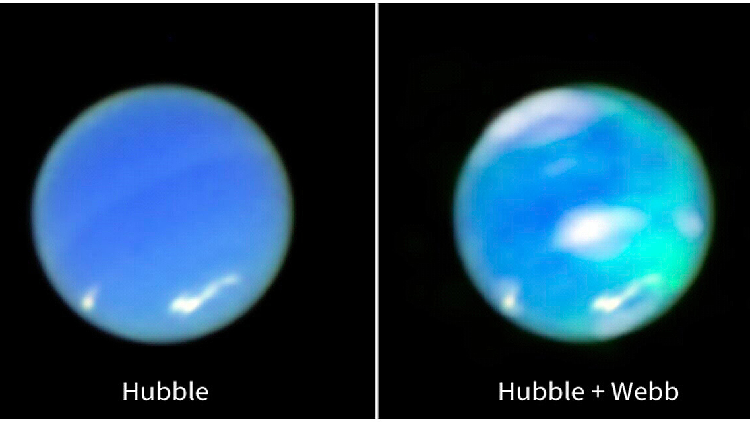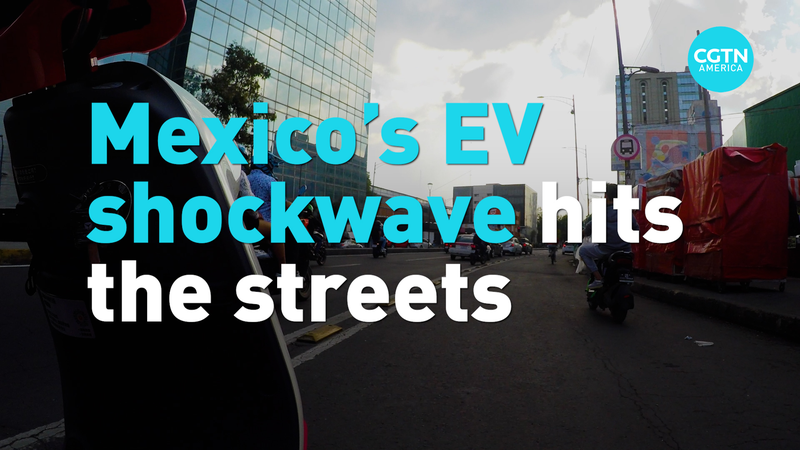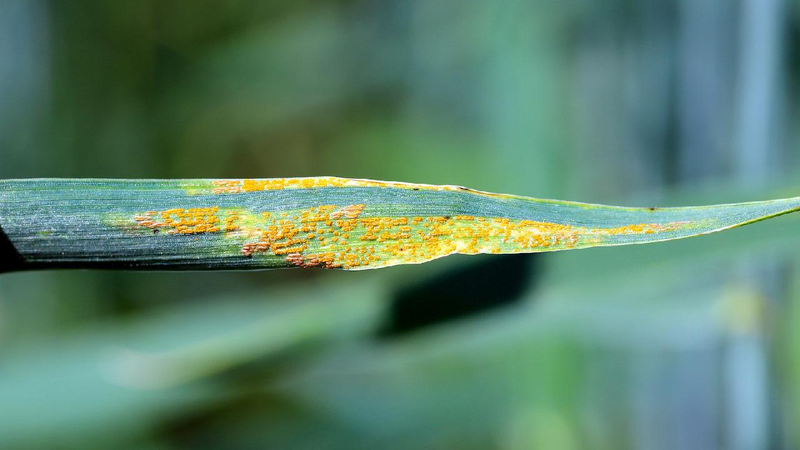Hey there, space explorers! 🚀 Guess what? NASA’s James Webb Space Telescope has just captured the most detailed images ever of Neptune’s glowing auroras! 🌟
But wait, what are auroras anyway? 🤔 On Earth, you might have heard of the Northern Lights or Southern Lights. These are magical displays of colorful lights in the sky near the North and South Poles. They happen when tiny particles from space, called electrically charged particles, zoom into our atmosphere and bump into gases like oxygen and nitrogen. This collision releases energy in the form of beautiful light! 🌈
Now, Neptune, which is the farthest planet from the Sun in our Solar System, also has auroras! But they’re a bit different. Scientists first got a hint of Neptune’s auroras in 1989 when the Voyager 2 spacecraft flew by. But those images were faint and in ultraviolet light.
Thanks to the powerful James Webb Space Telescope, we can now see Neptune’s auroras in amazing detail using infrared light. 🔭 This means we have direct proof that these shimmering lights exist on Neptune! Isn’t that cool?
Unlike Earth, where auroras happen near the poles, Neptune’s auroras happen in the middle areas of the planet, called mid-latitudes. This is because Neptune’s magnetic field (kind of like a giant invisible magnet around the planet) is different from Earth’s. This magnet determines where the auroras show up!
Scientists have been studying auroras on other planets like Jupiter and Saturn for a long time. But Neptune is much harder to study because it’s so far away. That’s why this discovery is so exciting! 🎉
Oh, and here’s another fascinating fact: Researchers found that Neptune’s atmosphere has gotten cooler since the 1980s. This cooling might make the auroras less bright than before.
Space is full of wonders, and who knows what we’ll discover next? Keep looking up! 🌠
Reference(s):
Neptune's auroras captured in great detail by NASA's Webb telescope
cgtn.com




